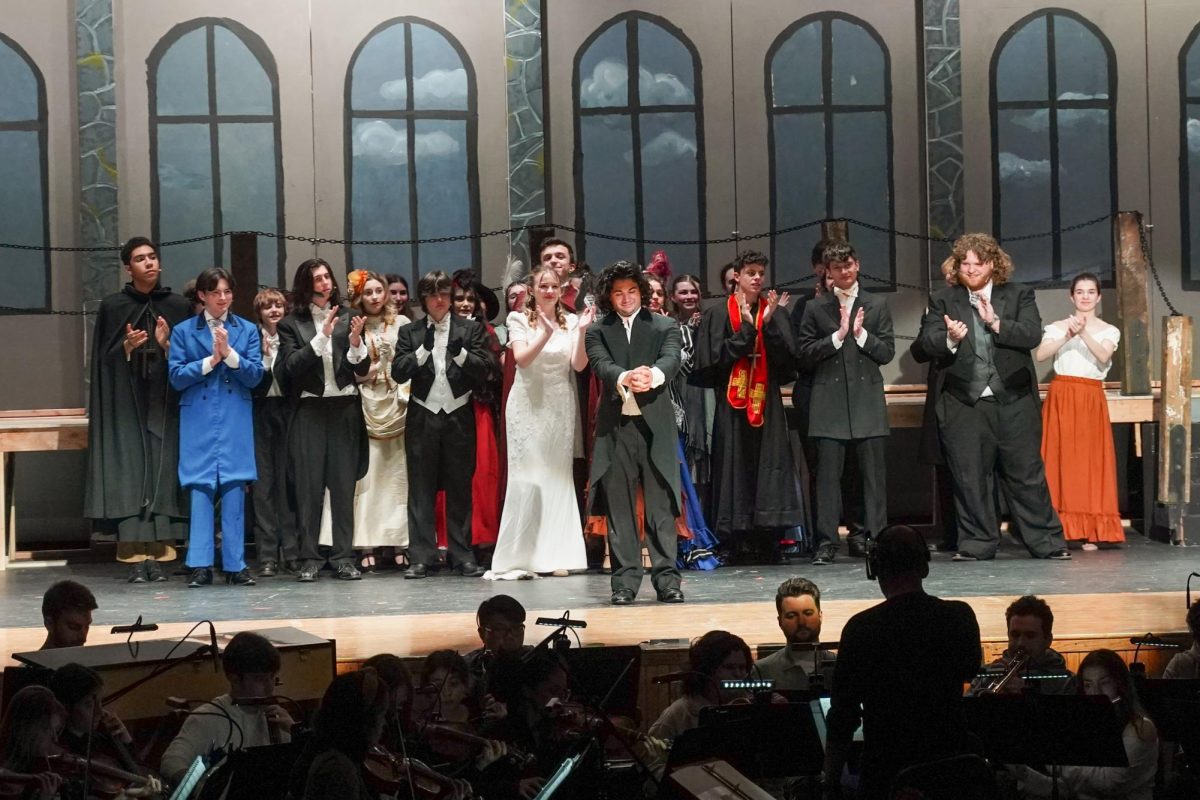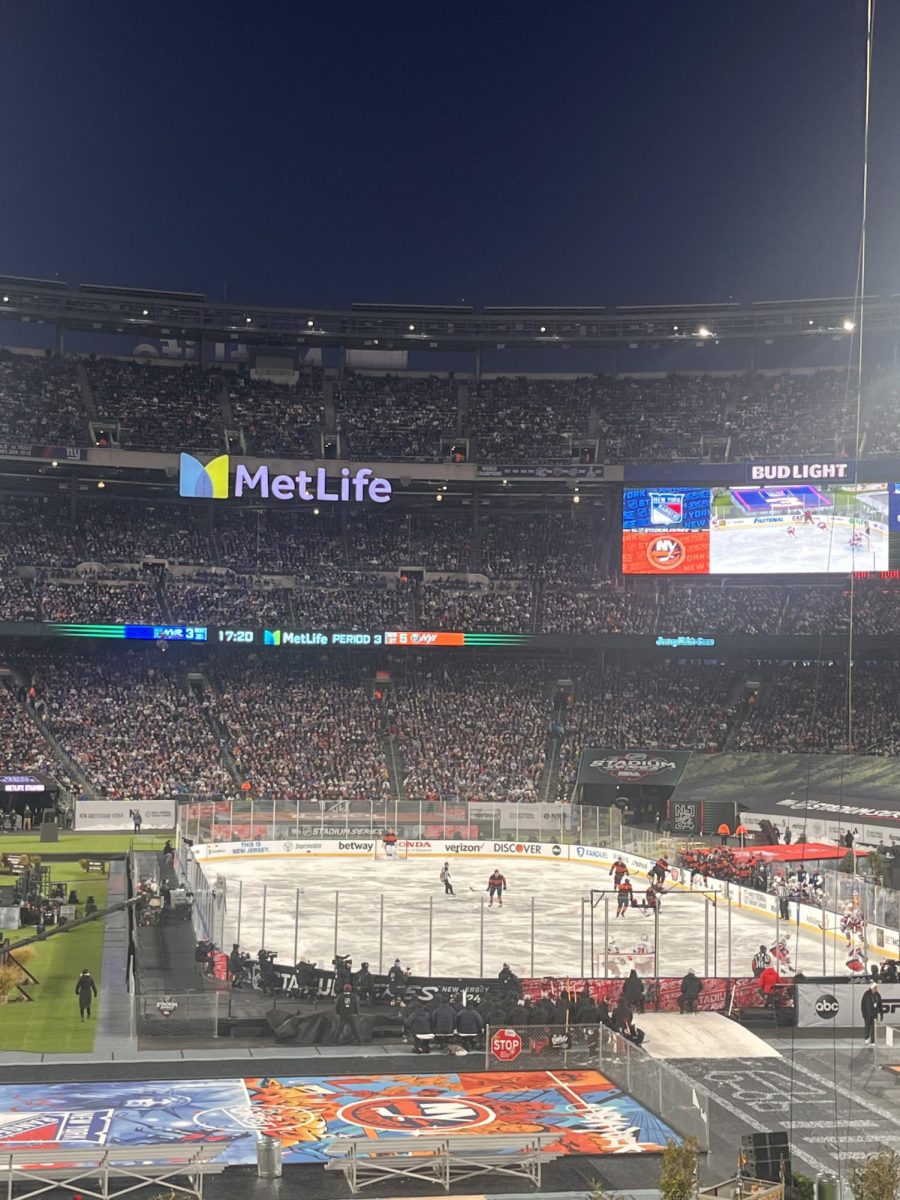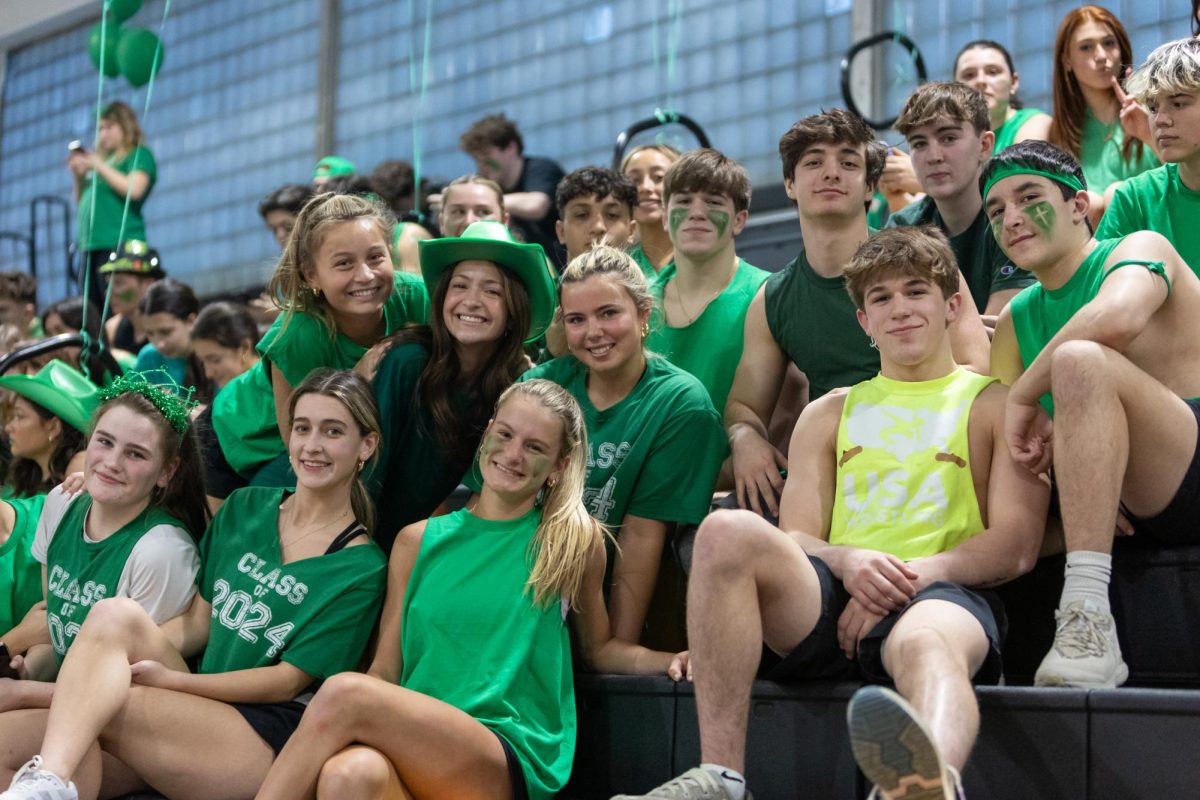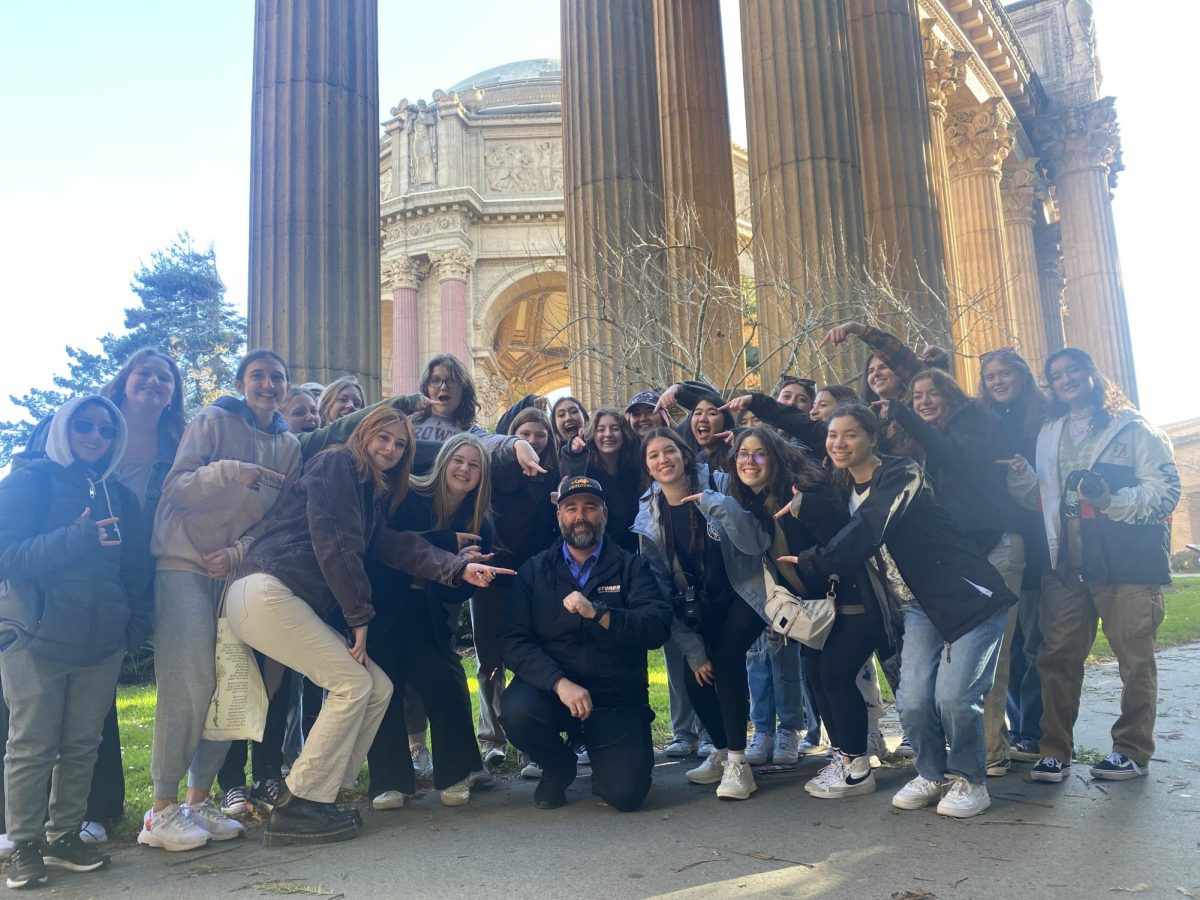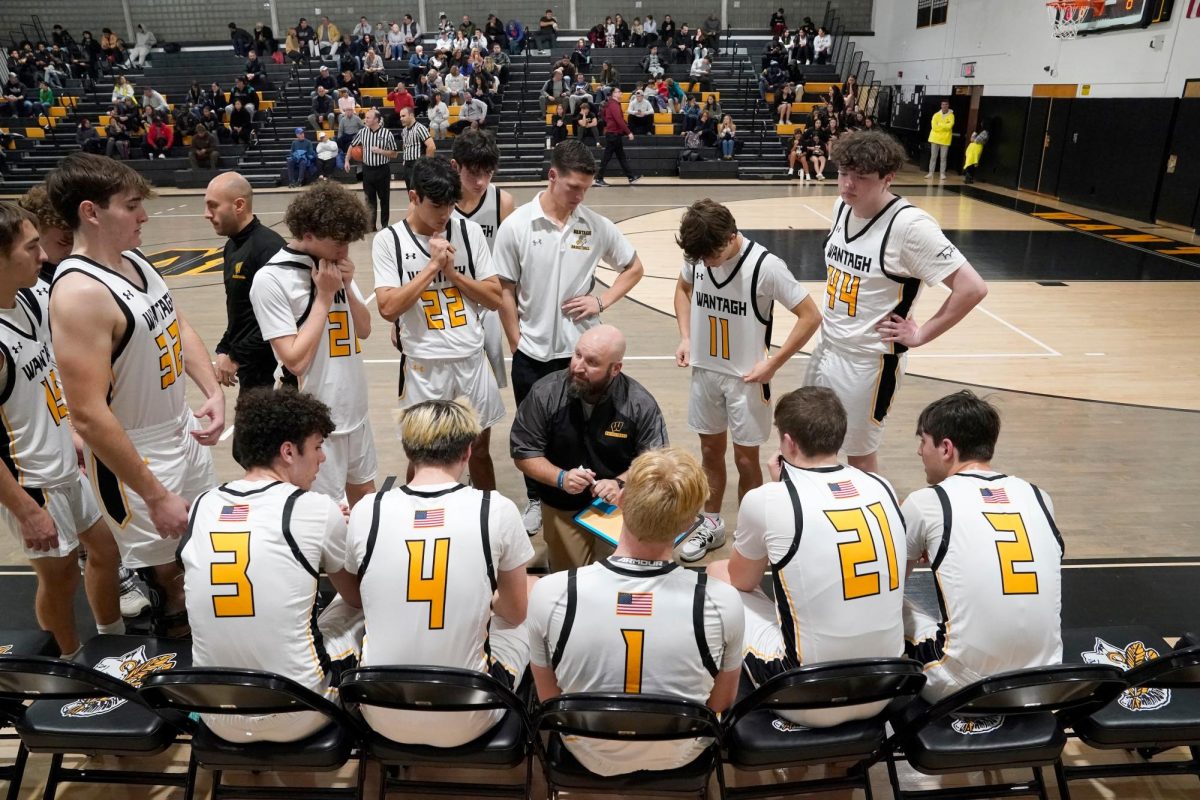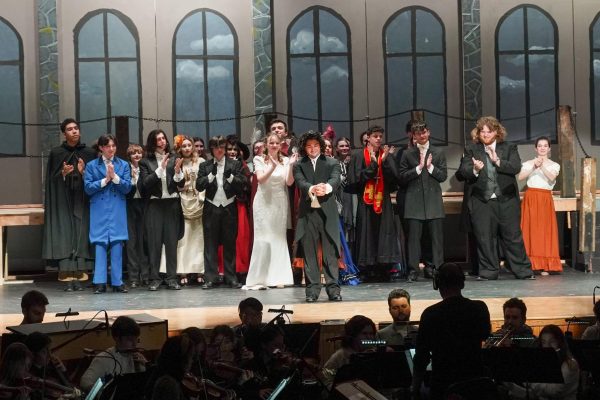The ‘Gay Button’: Where Bisexuality and Gaming Cross
November 5, 2021
Note: This article was written in honor of National Coming Out Day, a day to spread awareness about the discrimination LGBTQ+ people face when “coming out” and how to create a safe environment for them to do so. It was observed this year on October 11, 2021.
At the 1999 Electronic Entertainment Expo, a new simulation game based around the player controlling a character as it acts out a virtual life was about to be cancelled. The last opportunity for this game was the E3 conference; if the team could generate enough interest in it, it may be able to stay afloat.
Its saving grace came in the form of overlooked same-sex romance programming implemented by a new employee that allowed two female background characters to pull each other close and share a swooning kiss in front of a live audience of assorted press, according to The New Yorker.
This is the true story behind how The Sims began its climb to be a classic video game, and same-sex romance is still a permanent feature to this day. Nowadays, according to Happy Gamer (as of February 2020) EA has reported that The Sims 4 is the best-selling base game in a long-running franchise.
By the logic that the player can enter into either same-sex or straight relationships, all The Sims characters are technically bisexual. This is one example of bisexuality being used as a game mechanic in a video game. This occurs quite often in the world of role-playing-games (also known as RPGs), where there are romance-able character options. But is this version of representation completely fair to bisexual players?
Consider the popular farming simulator game Stardew Valley. In this game, players play as a cottagecore version of themselves; someone who trades a bland office job for a farm in a sunlit village. It’s been lauded in the past by The New York Times as a “Gay millenial pandemic fantasy.” Some of the romance-able players will be available to the character regardless of gender. In this way, the game expresses inclusivity and representation with such a cast of bisexuals—right? Well, there’s a catch.
If a player chooses to woo the female character Leah as a woman, her ex-lover will appear to be a woman as well. However, if the player woos her as a man, her ex will be a man, not a woman. This makes her monosexual, not bisexual, and only gay if the person playing wants her to be. She’s only bisexual by the definition that she can romance both male and female players. This is not real, true representation.
This phenonmenon has come to be known in as “the gay button” in circles of bisexual gamers and their allies, dubbed by game designer Anna Anthropy. It allows for games to appeal to both homophobic customers and LGBTQ+ customers at once—if a straight person were to interact with Leah, they would not find out that there’s a verion of the game where she’s a lesbian. If a lesbian interacts with her and decides to romance her, they’ll think she’s simply gay. This allows for people to easily opt-in or out of representation.
To refer to the previous example, the gay button can also be found in The Sims. The player must actively seek out same-sex relationships to see representation, and characters must date people of different genders in order for the game to label them as bisexual. The implementation of same-sex relationships isn’t as progressive nowadays as it was twenty years ago. In these games and others like these, there is no fixed representation for bisexuals or other members of the LGBTQ+ community.
Some may argue that the gay button is only natural in simulation games where the character’s choice is central to the mechanics. However, indie RPG Night in the Woods makes for a good example of how simulation games can represent LGBTQ+ folks without hiding them away for only players who look to find. It surrounds a pansexual main character with what Syfy describes as “a supportive group of friends who are largely queer.” It does not step on players’ toes when it comes to in-game decisions but its representation is not something the player can opt out either.
The world of gaming is diversifying every day, and the games available to players must grow to encompass that. Consider the way that most gaming ads seem to target cisgender, male consumers while the number of women that game rises with each year; according to Statista, women make up “45% of gamers in the United States [in 2021], up from 41% the previous year (2020).” Plus, Nielsen reports that LGBTQ+ gamers are substantially more likely to play simulation games; PC gamers who are LGBTQ+ are 17% more likely to play RPGS than their straight counterparts. They represent a majority of customers who generated 1.5 billion dollars in revenue (2019) in the United States for the industry.
It’s time to stop using bisexuality as a vehicle to make money from and rather normalize seeing it as a substantial aspect of fan-favorite characters. One cannot opt-out of real representation. After all: it’s no coincidence that gaming month and pride month are both in June.

